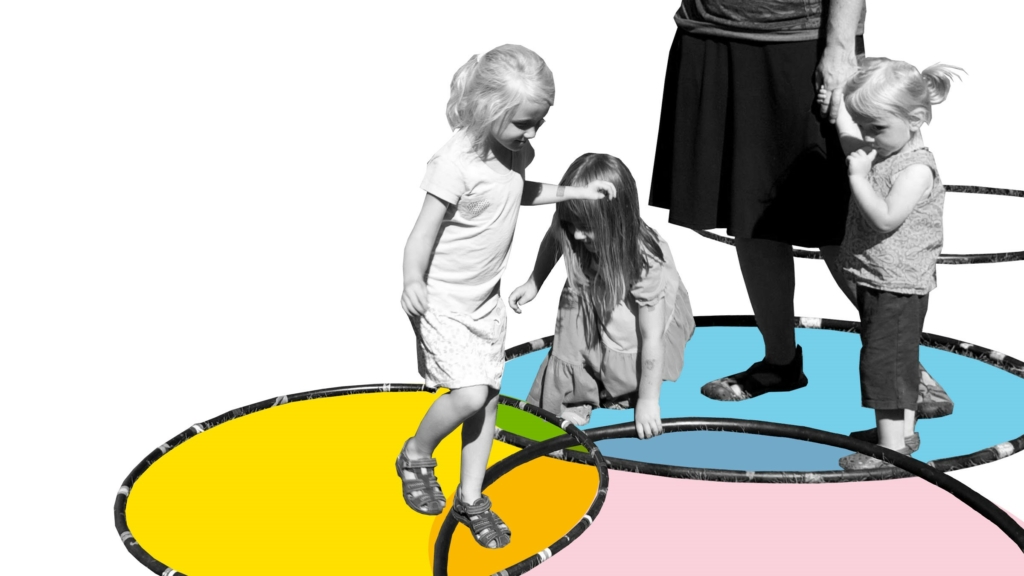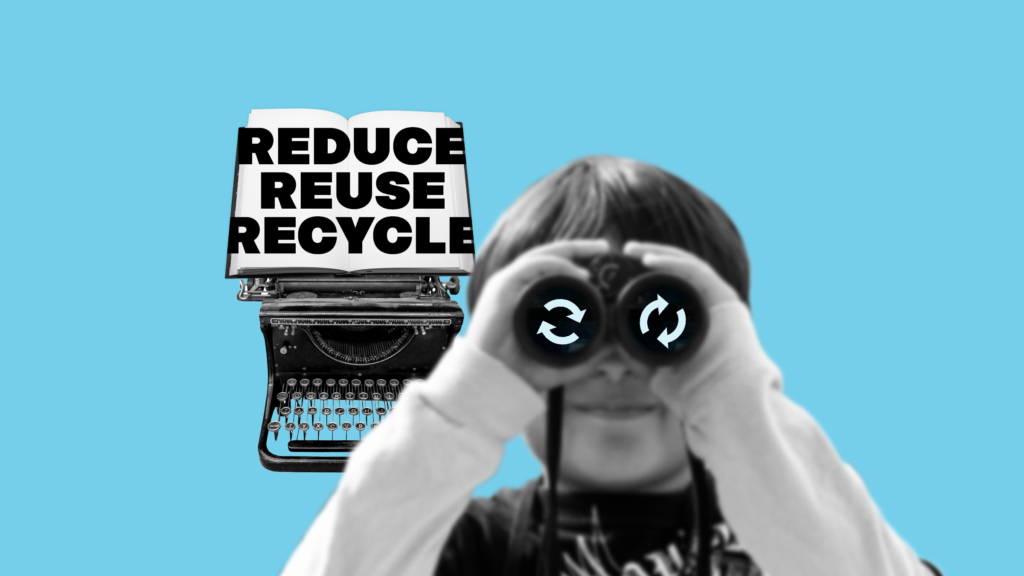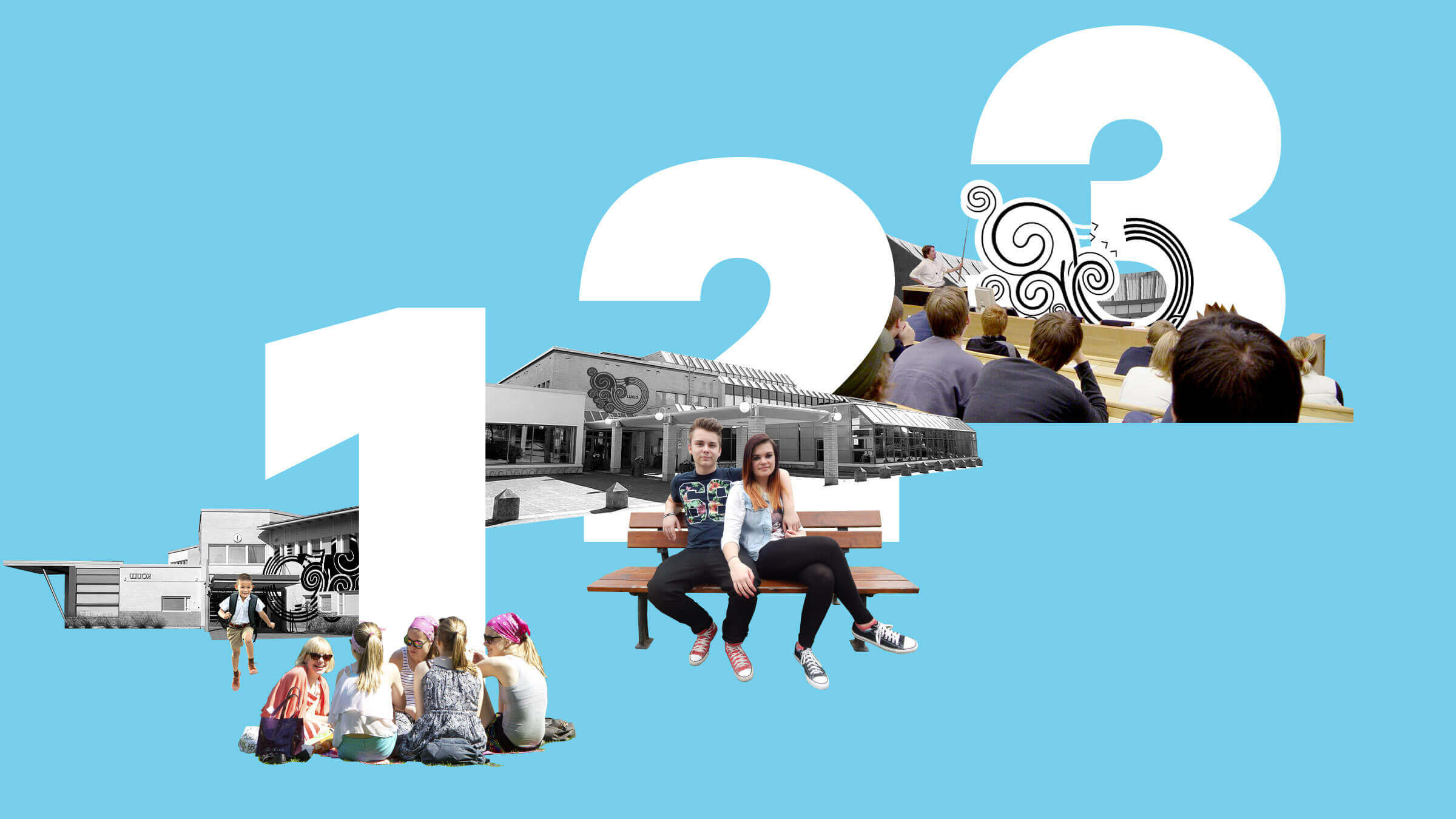Finland is rapidly becoming a leading country for circular economy experts. Circular economy education starts in day care, where children think about reducing food waste and learn how to sort waste correctly, and it continues through primary and secondary school all the way to higher education. Along the way, children learn about materials, business activities, the significance of art and about using personal skills and knowledge when enacting the change towards a circular economy society.
In the 2018/2019 school year more than 70,000 children and young people around Finland have studied the circular economy in primary schools, secondary schools, vocational schools, and universities and universities of applied sciences across Finland. For example, 75% of 12-years-olds and 40% of 15-years-olds have learned about the circular economy.
In the future everyone will be a circular economy professional, capable of applying circular economy solutions at work and in their everyday lives. At present the knowledge is lacking, and there is a need for circular economy education for workplace skills, as well as for people’s everyday lives.
Now we want to help others by sharing tips on how the education system embraced the circular economy under the leadership of Sitra. Where did it all begin?
The circular economy is a cause for everyone

Let’s go back to 2015. The future fund Sitra launched a circular economy project, aimed at starting Finland’s journey towards a circular economy. At the start of the work we were resolved to keep circular economy education on the agenda, but specific measures were largely limited to small individual experiments, such as a short film competition for 15-years-old pupils at primary school.
It was not possible to make circular economy education a larger theme until the two-year circular economy project was extended to four years. A series of projects for circular economy education was born: Circular economy teaching for all levels of education.
The aim of the package was to support the emergence of skills, knowledge and understanding of the circular economy in Finland to enable Finns to live within the limits of the planet’s carrying capacity. We all need understanding and skills on how we can, in our own work and everyday lives, live within the carrying capacity of the earth, how our decisions affect the change, and how we can employ circular economy solutions in our everyday decision-making.
Circular economy skills and knowledge are needed in different areas of public administration and in business – in chemistry, legislation, business activities, behavioural sciences, construction and food production. The list is limitless – after all, it covers all areas of human activity. Education will play a key role in converting the world’s economy to a circular economy.
Education also needs to react to changes in the world – and this includes circular economy education. As society moves towards a circular economy, we will constantly confront greater challenges that education will have to address. It is not enough for teaching to reach today’s school pupils and university students. We need to involve everyone in employment in the educational sphere.
Lifelong learning should support the goal of making us all circular economy professionals. Organisations and information channels outside the educational field have a major role to play in this.
Join us to change the world!

Sitra began advancing the circular economy using two different paths – working together with schools and developing sustainable everyday choices, such as a lifestyle test and the listing of 100 smart ways to live sustainably. In addition to educational institutions, there are many associations and other organisations in society that promote circular economy skills and knowledge.
In the spring of 2017 we launched three funding application processes to find people to implement new university minor subject packages, study packages for universities of applied sciences and teaching packages for vocational schools. As a main partner of the project that obtains funding, we wanted an educational institution that would form a consortium with other educational institutions, companies and organisations.
From the very beginning of our circular economy work we were busy touring schools and educational institutions, meeting teachers from various levels of education. With the help of the contact network we were able to effectively disseminate information on applying for funding. We also targeted fields that we hoped would join us in developing circular economy education but who would otherwise be unlikely to find out about the programme.
The funding application process started with a letter of intent and culminated in a workshop to determine project plans and decisions and agreements for funding. The preparatory foundational work paid off: we immediately received some excellent proposals for the development of circular economy courses and teaching materials based on the letter of intent.
In addition to the funding application processes, we held direct negotiations with a few teaching organisations on teaching projects for primary schools and upper secondary schools for which we were providing funding.
The independent and neutral position of Sitra was decisive in getting schools to join in with an open mind. In other countries an organisation promoting circular economy education could be a ministry, a think tank or a funding provider, depending on the country and operating culture. It is important that the organisation should not promote its own agenda. Instead, it should advance circular economy education at the national level.
Trials begin all over Finland

Initially the circular economy teaching programme comprised 25 educational packages funded by Sitra. Along the way other projects aimed at developing circular economy education joined in. The projects represented a wide range of fields, including the arts, engineering sciences, behavioural sciences, business and design.
During the trials we sparred projects in circular economy and influenced on ministries and decision-makers. When the teaching packages were implemented, we also held numerous lectures and presentations on the subject in different parts of Finland and organised further training sessions, participating as trainers.
Teaching organisations have praised Sitra along the way for enabling networking, securing the commitment of experts and for a low level of bureaucracy. We encouraged the education projects to co-operate with other Sitra circular economy projects and we organised workshops where the educational institutions found new co-operative partners.
Each funding project had responsibility for communications concerning their own teaching packages and the teaching organisations made good use of their own networks to disseminate information about the courses and materials and the significance of circular economy education. The message coming from many different quarters and through different channels confirmed the impression that the educational institutions had taken the promotion of the circular economy to heart.
Agreements between Sitra and the projects stipulated that Sitra would have the right to use all materials emerging from a project, but that intellectual property rights would always remain with those who implemented them. All produced materials were free and openly available in a manner that was mutually agreed upon.
So how did it go?

According to an impact evaluation by an outside evaluator, the role of Sitra in the development of circular economy teaching has been excellent. Through the activities of Sitra, networks of educational institutions have become tighter and co-operation between different educational institutions and teaching organisations has increased.
Outside experts were interviewed for an impact evaluation. Based on the first year of the projects, they concluded that circular economy teaching would establish itself as a permanent part of teaching offered in Finland and that it would expand in the future. Funding from Sitra has meant that it has not been necessary to develop teaching materials alongside other work, but rather as a separate work package of its own. This has helped establish the courses in the activities of the educational institutions.
The evaluators were clear that the independent status of Sitra has contributed to the success of the circular economy educational package. Sitra has no strong political or professional views concerning the teaching. Sitra is seen as a recognised and respected promoter of the circular economy, which has increased Sitra’s credibility.
Finland’s moves towards a circular economy have also been advanced by growth in awareness of the circular economy and the media exposure that the topic has generated, which Sitra has constantly sought to encourage. In the evaluation year 2018 it was noted that, as a term, “the circular economy” has become mainstream in Finland, and the possibilities it offers have become more broadly understood.
Towards the end of the projects, we asked for feedback from the developers of the teaching packages. Most of the developers felt that the greatest challenge facing the development of the teaching was a shortage of expertise: the skills in and knowledge of circular economy issues was weak among teachers and stakeholders such as funders, public administrators, decision-makers and companies, which made it more difficult to carry out a project.
Another great challenge identified involved the predominant attitudes according to which people thought that their skills and knowledge were not exactly in the core of the idea of a circular economy. Existing structures were also seen to be challenging, and a new kind of multidisciplinary co-operation was not something that was inherently encouraged in schools.
From the point of view of schools, the circular economy is often perceived as a subject that is not part of the core content of any subject. But as the curriculum analysis indicated, “the circular economy is part of the curriculum of all subjects”, wrote one of the developers of the teaching programme.
Increasing further education in all fields was proposed as a solution. Developers of the educational packages felt that schools and education had an important role to play in moving towards a circular economy and in strengthening the role of people in climate action. There were calls for a shared platform upon which the materials could be compiled and made available to all schools.
Feedback suggested that increased future co-operation between the different levels of education would be beneficial, as would including the circular economy in strategies and plans.
According to one teaching developer: “The goal of promoting a sustainable circular economy and climate strategy must be written into the strategy of educational institutions, which can also be seen in the curriculum of all degree programmes, and which will guide the processes of operational control and of methods more broadly throughout the entire organisation.”
And how did students feel about the teaching of the circular economy? Based on feedback, many pupils were interested in having an influence on creating a more sustainable future and learning more about the subject. The pupils felt that they had gained many new ideas and views on the circular economy from the courses.
“It is wonderful to see the different ways in which it is possible to effect a circular economy both in companies and in our own lives and choices. It has also been great to have the opportunity to impart this joyous message to primary school pupils because everyone needs to embrace the circular economy point of view,” said one of the circular economy education developers about the whole experience.
Learn more about existing circular economy courses and the teaching material.

















Recommended
Have some more.